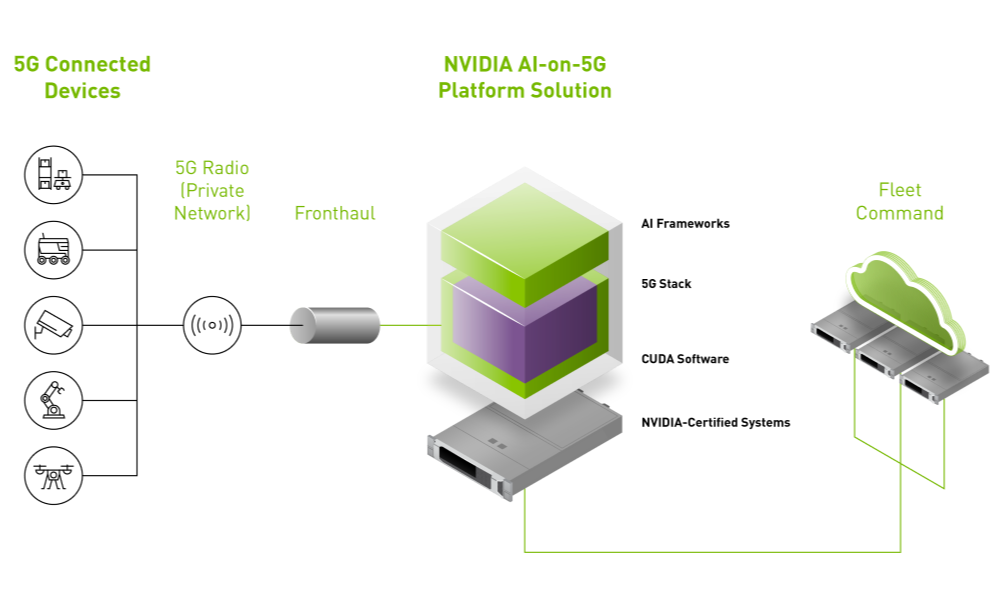Generative AI: The Economics of AI - Is It a feature, an Agent, a...
As generative AI becomes a hotter topic by the day, a critical question is emerging: Should we see generative AI as just a feature, a transformative tool, or something that stands on its own as a full-blown product? This question isn’t just academic — it’s a crucial consideration that could shape the future of businesses, influence investment strategies, and steer the direction of technology as a whole.

Whether you’re a C-level executive or a tech enthusiast looking to jump into the AI industry, understanding whether generative AI should be the main product offering or simply an enhancement to existing tools is essential. The economic implications are vast and could very well dictate who will emerge as the leaders in the rapidly evolving AI landscape.
The Debate: Feature vs. Product
At the heart of this debate is the idea of value creation. Typically, a feature enhances an existing product, making it better or easier to use, but it’s not the main reason people buy that product.
Right now, we’re seeing generative AI being woven into various products as a feature. From text editors and search engines to web browsers, AI is becoming a part of our everyday tools. These integrations add a lot of value by automating tasks, boosting creativity, or speeding up processes. But they don’t usually redefine what the product is all about.
On the flip side, companies like OpenAI and Anthropic are going all-in on AI as the heart of their products. Tools like ChatGPT and Claude are built entirely around generative AI, positioning it as the main attraction.
Strategic Decisions for Companies
This dual role — AI as both a feature and a product — means that companies need to make some big strategic decisions. Should AI be an integral part of an existing product, enhancing its value, or should it be the product itself, driving the entire business? The answer could define a company’s future.
Let’s take a look at Apple’s approach, which is a great example of strategic risk management. During the 2024 Worldwide Developers Conference (WWDC), Apple announced a collaboration with OpenAI to bring ChatGPT into Siri. But instead of putting all its eggs in one basket, Apple took a more cautious approach.

Strategic Integration: Apple and Meta
Apple didn’t just stick with OpenAI — they kept their options open, allowing for the possibility of integrating other AI technologies down the road. This approach reduces risk while ensuring that Apple products stay innovative and competitive. For Apple, generative AI isn’t the end goal; it’s a tool to make its already great products even better.
Meta, formerly known as Facebook, offers another compelling example of how to strategically integrate generative AI as a feature rather than as a standalone product. Meta has been focusing on incorporating AI into its existing social media platforms — Facebook, Instagram, and WhatsApp — rather than creating new, AI-centered products.
Nvidia's Approach
Nvidia, the leading manufacturer of graphics processing units (GPUs), takes a different approach by making AI a central part of its business model. Nvidia’s GPUs are the backbone of AI processing, used by tech giants and research institutions worldwide to power their AI models.

Nvidia doesn’t just sell hardware; it also offers AI software platforms like Nvidia AI Enterprise, which provides a suite of AI tools for businesses. By offering both the hardware and the software needed for AI development, Nvidia positions itself as an essential player in the AI ecosystem.
Future Strategies for Companies
There’s no one-size-fits-all approach to bringing generative AI into your business. The technology is groundbreaking, but how you apply it — and how you make money from it — requires careful thought. Over the next decade, we’re likely to see different strategies play out. Some companies will double down on AI-driven products, while others will embed AI as a feature within their broader offerings.
Companies need to ask themselves: How will AI fit into our current products? Should we focus on AI as a feature, or should we create new products that revolve around AI? And most importantly, how will this affect our customers and our bottom line?
The tech industry has poured billions into generative AI research, expecting to see continuous advancements. But the rapid progress we’ve se




















